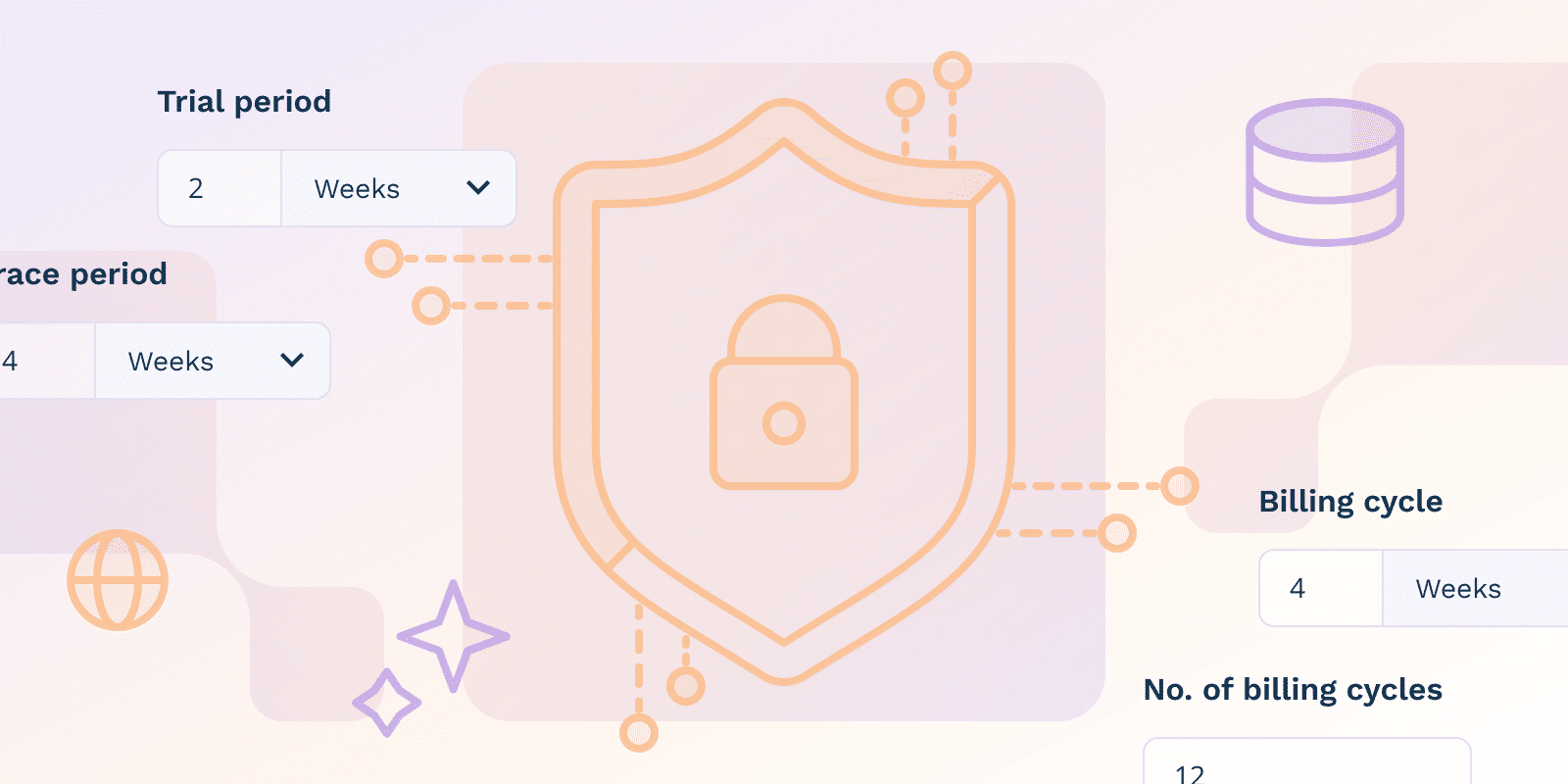클라우드 지원 운영
SaaS용 중앙 집중형 로그 수집이란?

SaaS용 중앙 집중형 로그 수집이란?
SaaS용 중앙 집중화된 로그 집계는 SaaS 애플리케이션 내의 다양한 소스와 기본 인프라에서 로그 데이터를 수집하여 중앙 저장소에 저장하는 프로세스입니다.
이 저장소는 전용 로그 관리 플랫폼, 클라우드 기반 서비스 또는 간단한 파일 서버일 수 있습니다.
온프레미스 솔루션에 비해 중앙 집중형 로그 수집에 SaaS 플랫폼을 사용하는 이점은 무엇입니까?
SaaS 로그 집계는 확장성과 비용 효율성에 도움이 되는 반면, 온프레미스 도구는 이러한 영역의 문제를 증폭시킬 수 있습니다. 액세스 가능성이 중요한 경우 SaaS 로그 집계를 사용해야 합니다.
예시:
- 리소스와 인프라 때문에 하드웨어/소프트웨어 투자가 필요하지 않습니다. 온프레미스 툴은 비교적 비쌉니다. 변경되는 요구 사항에 따라 운영을 확장해야 하는 경우 SaaS를 사용해야 합니다.
- 하드웨어/소프트웨어에 대한 선행 투자 때문에 비용을 절감할 수 있습니다. 온프레미스 배포는 유연하지 않을 뿐만 아니라 비용이 많이 들고 시간이 많이 걸리는 것으로 악명이 높습니다.
- 지속적인 비용이 없어 예산 관리가 간소화됩니다. 온프레미스 소프트웨어는 정기적으로 관리하고 유지해야 하므로 비용이 더 많이 듭니다.
중앙 집중형 로그 수집은 어떻게 작동합니까?
중앙 집중식 로그 집계는 다양한 소스에서 로그를 수집합니다. 이렇게 한 후에 정규화한 다음 하나의 통합된 중앙 리포지토리 내에서 통합합니다.
로그 집계는 데이터 분석과 상관 관계가 통합된 감사 추적을 가져옵니다. 운영 및 보안 주제에 대한 단일 진실의 소스로 인해 규제적 규정 준수가 필요할 수도 있습니다.
실시간 이상 탐지는 실시간으로 로그 데이터를 분석하는 것을 말합니다. 이를 통해 정상이 아닌 패턴을 파악할 수 있습니다. LSTM(Long Short-Term Memory) 모델과 기타 기술을 통해 이를 구현할 수 있습니다. 이러한 모델은 로그 이벤트 시퀀스의 시간적 종속성을 나타내어 여러 로그 라인에서 이상을 탐지할 수 있도록 합니다. 이러한 유형의 이상 탐지를 사용하면 문제가 확대되기 전에 해결할 수 있습니다. 시스템 안정성과 복원력을 위해 이상 탐지를 사용하세요. 이상 탐지를 사용하지 않으면 보안 침해, 데이터 손실, 서비스 중단이 발생할 수 있습니다.
실시간 이상 감지는 로그 데이터를 현재 시점에서 분석하는 것을 포함합니다. 이렇게 함으로써 정상적이지 않은 패턴을 발견할 수 있습니다.
LSTM(장단기 메모리) 모델 및 기타 기술이 이를 가능하게 합니다. 이러한 모델은 로그 이벤트 시퀀스의 시간적 종속성을 나타내어 여러 로그 라인에서 이상을 감지하는 것을 용이하게 합니다.
이러한 종류의 이상 탐지를 사용할 때는 확대되기 전에 잠재적 문제를 해결해야 합니다. 시스템 안정성과 복원력을 위해 이상 탐지를 사용하세요. 이상 탐지를 사용하지 않으면 보안 침해, 데이터 손실, 서비스 중단이 발생할 수 있습니다.
로그 데이터는 다양한 소스에서 수집된 후 단일 플랫폼의 한 위치에 집계됩니다. 그런 다음 로그 관리 플랫폼과 기타 도구가 정보를 관리한 후 분석 및 모니터링을 위해 처리합니다. 도구에서 로그를 필터링하고 범주화한 후 데이터를 사용하여 오류를 해결해야 합니다. 또한 데이터를 사용하여 필요한 시스템 개선 사항을 파악하고 트렌드를 파악해야 합니다. 보안 조치와 적절한 구성은 관행의 일부여야 합니다. 데이터 보존 정책도 필요합니다.
다양한 소스에서 수집된 후 로그 데이터는 단일 플랫폼의 한 위치에 집계됩니다. 그런 다음 로그 관리 플랫폼과 기타 도구는 분석 및 모니터링을 위해 처리하기 전에 정보를 관리합니다.
도구에서 로그를 필터링하고 범주화한 후에는 데이터를 사용하여 오류를 해결해야 합니다. 또한 데이터를 사용하여 필요한 시스템 개선 사항을 기록하고 추세를 파악해야 합니다.
보안 조치와 적절한 구성은 관행의 일부여야 합니다. 데이터 보존 정책도 필요합니다.
로그 정규화와 파싱은 보안과 규정 준수에 매우 중요합니다.
로그 정규화 및 구문 분석은 다양한 소스의 데이터를 표준화하고 구조화하므로 다음 용도로 사용해야 합니다. 보안 및 규정 준수 목적. 인시던트 대응 프레임워크에서 검색 및 분석 기능을 사용하세요.
표준화된 로그가 CrowdStrike와 다른 운영/규정 준수 사용 사례에 대한 단일 진실의 소스이지만, 계산 비용이 많이 들 수 있습니다.
SIEM 시스템에서 로그를 파싱하고 정규화하면 심층적인 이벤트 관리와 보안 분석이 가능해집니다(TechExamPrep). 정규화와 마찬가지로 많은 데이터를 소비할 수 있습니다.
로그 집계의 잠재적인 단점은 무엇입니까?
고려해야 할 잠재적 측면은 다음과 같습니다.
- 데이터 관리: 여러 영역에서 생성되는 방대한 로그를 처리하려면 효과적인 데이터 관리 관행이 필요할 수 있습니다.
- 데이터 복잡성: 고급 정규화 및 구문 분석 도구를 사용하여 다양한 데이터 형식과 구조에 대비하세요.
- 데이터 보안: 민감한 로그 정보를 처리할 가능성이 높으므로 데이터 프라이버시 및 보안 관행을 구현하세요.
| 측면 | 과제 | 권장 사례 |
|---|---|---|
| 데이터 관리 | ||
| 볼륨 | 여러 소스의 대량 로그 | 효과적인 데이터 관리 방식 구현 |
| 복잡성 | 다양한 데이터 형식 및 구조 | 고급 정규화 및 구문 분석 도구 사용 |
| 보안 및 규정 준수 | ||
| 데이터 민감도 | 잠재적으로 민감한 로그 정보 처리 | 강력한 데이터 프라이버시 및 보안 방식 구현 |
| 끊임없는 노력이 필요하다는 것을 아는 것이 중요합니다. | 복잡한 규제 요구 사항 | 포괄적인 데이터 보존 정책 개발 |
| 성능 및 리소스 | ||
| 처리 | 계산 비용이 많이 드는 구문 분석 및 정규화 | 로그 처리 인프라 최적화 |
| 인프라 | 전용 하드웨어 및 전문 지식 필요 | 전문 로그 관리 도구에 투자 |
로그 집계 및 분석과 관련된 일반적인 사용 사례와 과제는 무엇입니까?
로그 집계는 로그 관리를 중앙 집중화하는 데 필수적이지만, 이러한 이점과 사용 사례에는 과제도 따릅니다.
- 규정 준수 및 감사 로깅/수집이 중앙 집중화되고 간소화되지만, 대량 로그 관리에도 많은 리소스가 필요할 수 있습니다.
- 더 빠른 문제 해결, 식별, 보안 모니터링, 인시던트 대응이 가능합니다. 하지만 전용 하드웨어와 전문 지식이 필요합니다.
- 보고 및 문제 해결이 더 쉬워지지만 잠재적인 보안 및 개인 정보 보호 문제를 파악해야 합니다.
결론
온프레미스 도구는 둔하고 유연성이 없습니다. 중앙 집중식 로그 수집은 더 강력한 로그 관리 기반을 제공할 수 있습니다. IT 인프라를 더 면밀히 제어하고 더 빠르게 변경할 수 있습니다. 하지만 시작하기 전에 준비가 되어 있는지 확인하세요.
비용, 접근성, 확장성에 중점을 두고자 한다면 SaaS 기반 중앙 로그 집계를 사용해야 합니다.